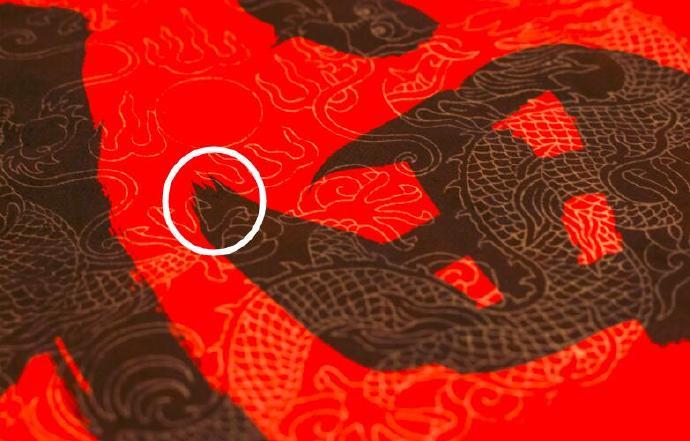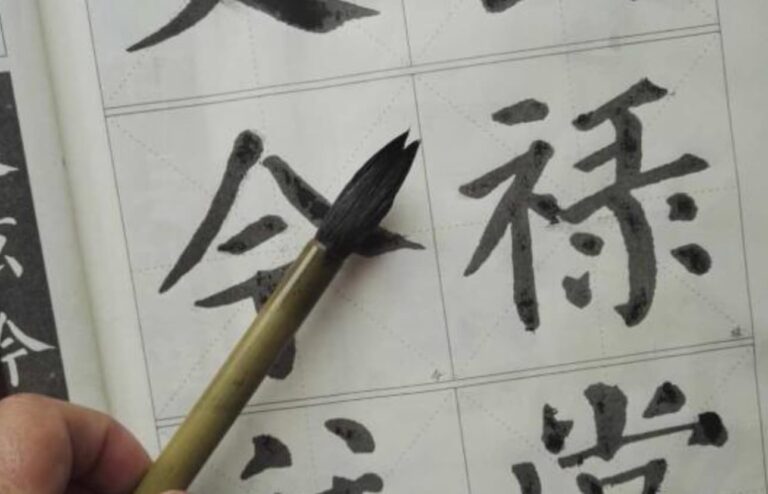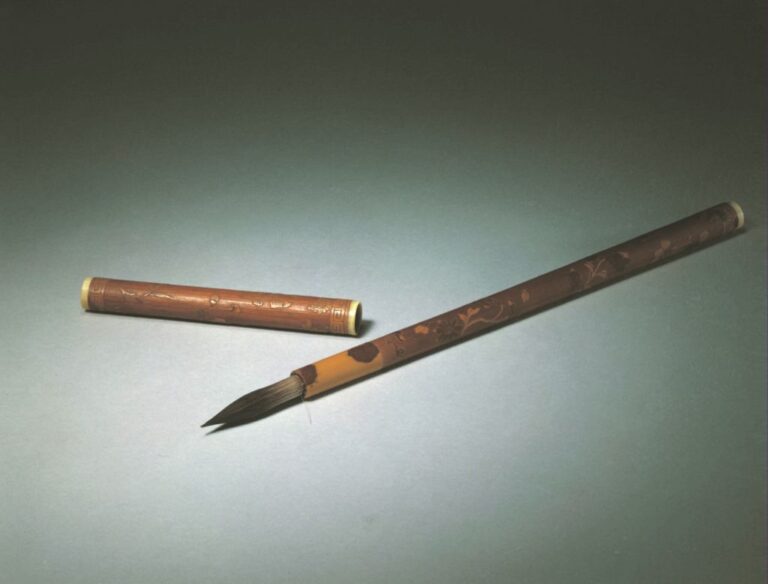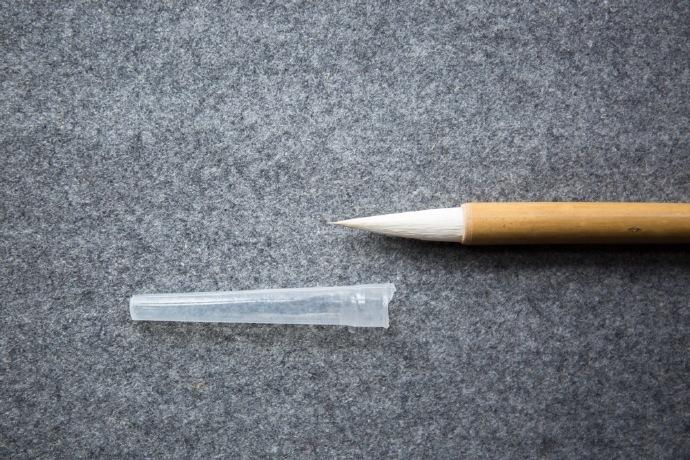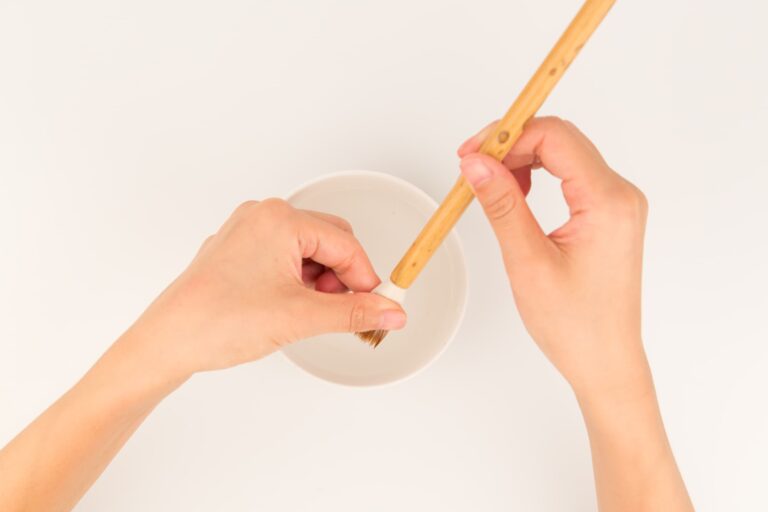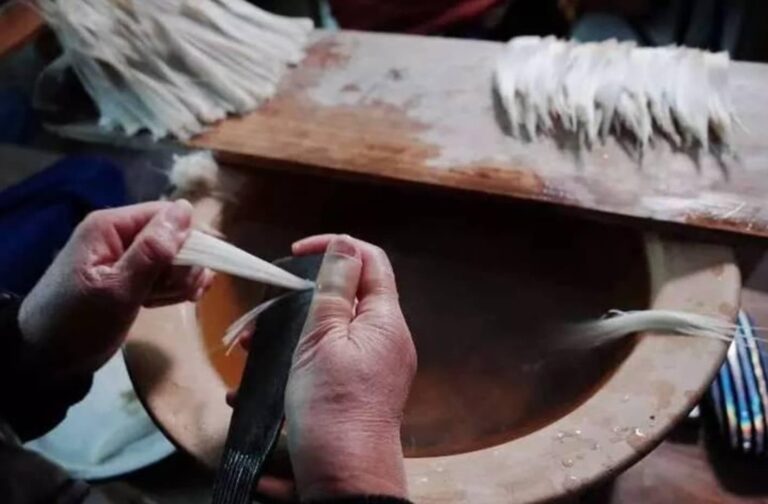Are Nylon Calligraphy Brushes Really Bad Quality?
Many people believe that for a brush to be considered high-quality, it must be made entirely from animal hair. For this reason, many calligraphy learners think that nylon calligraphy brushes are not good brushes, or even consider them to be fake or low-quality products.
This misconception has likely troubled many sellers of the Four Treasures of the Study who don’t fully understand brush-making techniques. Customers often ask whether their brushes contain nylon or if they’re made from pure animal hair.
Today, Qi Ming will discuss the issue of nylon in calligraphy brushes.
Understanding Brush Construction
First, let’s look at how a brush head is constructed. The brush head consists of two main parts: the core column and the outer hair. Both the core column and outer hair are made up of three layers: first-grade hair, second-grade hair, and third-grade hair.
First-grade hair refers to the tip section – the center hair of the core column, also called the heart hair or surface hair. This must use the highest quality hair with transparent tips. The length of these tips varies depending on the brush quality.
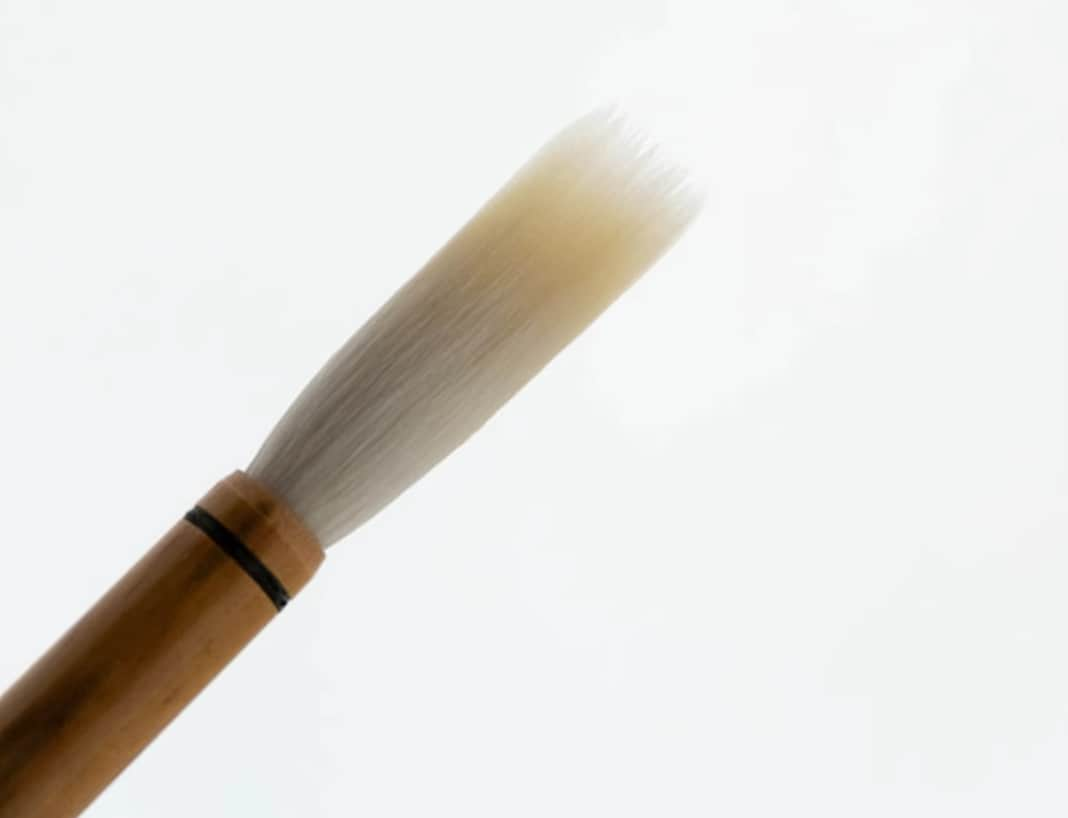
Qi Ming Wen Fang’s Yishan Stone Carving seal script brushes use fine, tender sheep hair with glossy tips. When held up to the light, you can see the brush tip is semi-transparent.
Generally speaking, the longer the tip, the more expensive the brush. Qi Ming previously mentioned in the article “How to Identify Real vs Fake Wolf Hair Brushes” that you can judge the authenticity of wolf hair brushes by examining the tip length. See image (1).
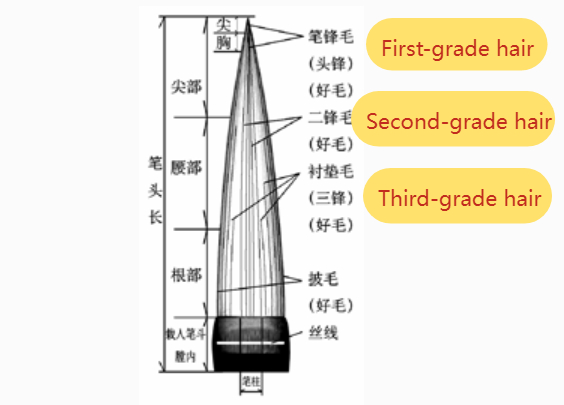
Image 1
Second-grade hair uses hair with good tips, positioned from below the first-grade hair to the upper part of the second-grade section. The quantity must be proportioned correctly with proper length and layering (see Image 1).
Third-grade hair follows the same principle as second-grade hair, positioned below the second-grade section. The layering of first, second, and third-grade hair should have at least 10 layers. Only high-quality hair with good tips can achieve the highest standard – the Four Virtues of brushes.
The Four Virtues: Focus on “Strength”
Speaking of the Four Virtues, we must mention “pointed, round, even, and strong.” Let’s focus on “strong” because different animal hairs have different elasticity levels.
Adding strengthening materials helps adjust the brush’s elasticity. Brush makers add harder hair to the brush core to increase the brush’s strength. However, the proportion of this strengthening material needs careful attention.
Too much hard hair causes the brush to split and not hold together. Sometimes the brush springs back when you don’t want it to. Too little hard hair means insufficient elasticity – the brush hairs won’t gather together when you want to finish a stroke.
Before opening Qi Ming Wen Fang, Qi Ming bought brushes with excessive strengthening. As a beginner, he quite liked using such brushes, thinking harder brushes were “easier to control.” This was probably influenced by being used to writing with fountain pens.
Later, as his writing skills and understanding improved, he found that slightly softer brushes were better. Softer brushes actually seemed easier to control. This process might seem contradictory, but only those who have experienced it can appreciate its subtlety.
Materials Used for Strengthening
Getting back to strengthening materials – there are many materials used for adding strength to brushes today. Some use hemp, some use pig bristles, some use polyester, and of course, some use nylon.
Why are more and more brush makers choosing nylon for strengthening? Let’s start from the beginning.
Traditional Materials
The original strengthening materials were pig bristles and hemp. Hemp has the advantage of providing good ink absorption while strengthening, but it’s also very expensive. Qi Ming previously recommended Caomao Cui’s brushes, which use natural hemp for strengthening, but his brushes are also more expensive.
Pig bristles have good elasticity and don’t deform, but they have the disadvantage of poor consistency. Sometimes even the same brand and model can have very different elasticity. Of course, brushes made by highly skilled craftsmen will have better consistency, depending on how strictly the master selects materials.
Modern Solutions
Nowadays, with the popularization of calligraphy, the demand for brushes can no longer be satisfied by just a few master brush makers. Very few people can enjoy brushes made by masters.
With technological progress, new brush-making materials continue to emerge, solving the problem of brush strengthening. Synthetic fiber materials – what we call nylon – have replaced pig bristles and become the main raw material for strengthening in modern brush making.

Qi Ming Wen Fang brushes always clearly explain the detailed composition (This is Qi Ming Wen Fang’s Qingyi brush. If you need one, you can search for Qi Ming Wen Fang on Amazon to purchase).
Common Misconceptions
This has led many calligraphy and painting enthusiasts into a cognitive misunderstanding, thinking that modern brushes are all made of nylon.
Honestly, initially many brush manufacturers used imported nylon from Korea and Japan. When nylon first entered the brush-making industry, many brush makers were reluctant to use it because it was expensive. Later, as nylon became domestically produced, prices began to drop.
Also, if you made brushes entirely from nylon, the resulting brush would be too strong to write with due to excessive strength.
It’s now 2025, and Qi Ming has heard from brush-making masters that there’s a new generation of biomimetic nylon. This nylon can even mimic the scales of animal hair, making brushes that look identical to those made from real animal hair. This makes identification even more difficult.
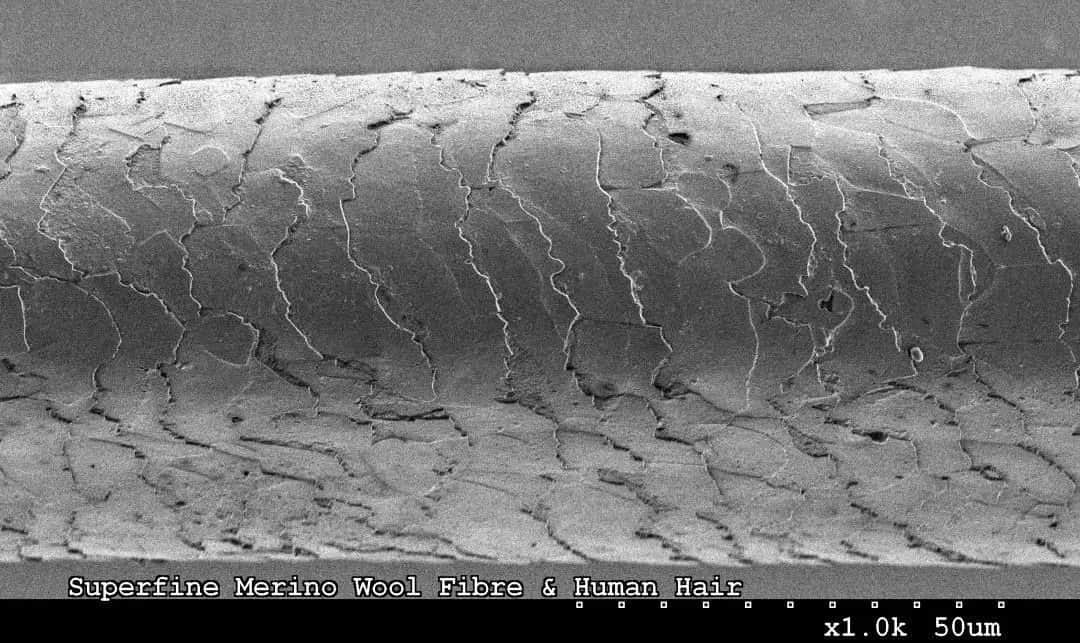
In Qi Ming’s view, we don’t need to worry too much about whether a brush contains nylon. The key is whether you find the brush comfortable and effective to use. If it works well for you, then it’s a good brush.
This is my opinion on Nylon Calligraphy Brushes
In summary, calligraphy brushes need strengthening materials to adjust elasticity and increase core strength. If people think that brushes containing nylon for strengthening are not good brushes, it’s a serious misunderstanding of the brush makers’ thoughtful intentions.In fact, whether it is a nylon brush or a brush made of animal hair, any brush that you find useful is a good brush.
Here, Qi Ming recommends several previous articles about the Four Treasures of the Study, which might help you understand these tools better and begin systematic calligraphy study.
Top 10 Chinese Calligraphy Brushes: The Ultimate Guide to Selection and Care
The 5 Best Chinese Ink Brands: Properties, Selection Criteria & Care Guide
Top 10 Chinese Xuan Paper Brands: Selection Guide & Care Tips


